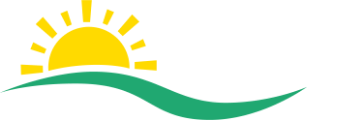Dental
Technology
The Latest Bells
and Whistles
Technology plays a significant role in modern dental practices, enhancing patient care, diagnosis, treatment, and the overall patient experience and operational efficiency. At East Ridge Dental we pride ourselves on providing the best patient care and the technology that we use helps us do just that.
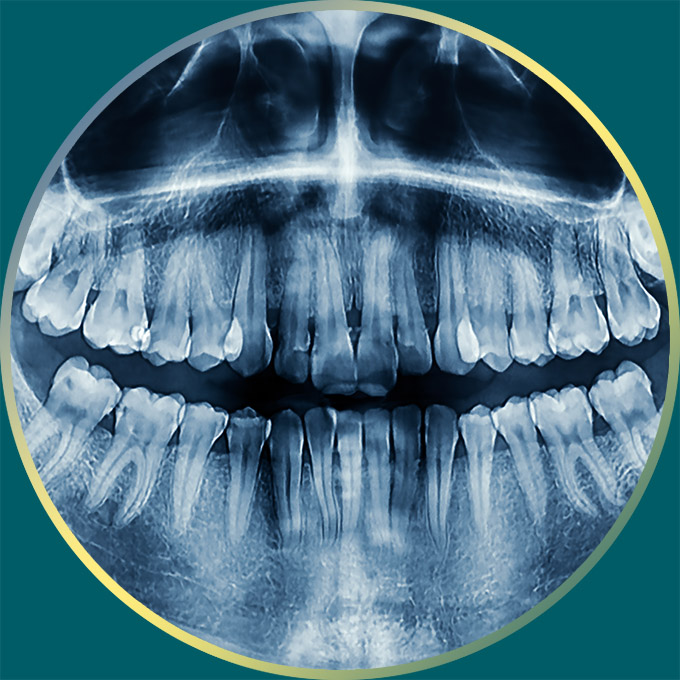
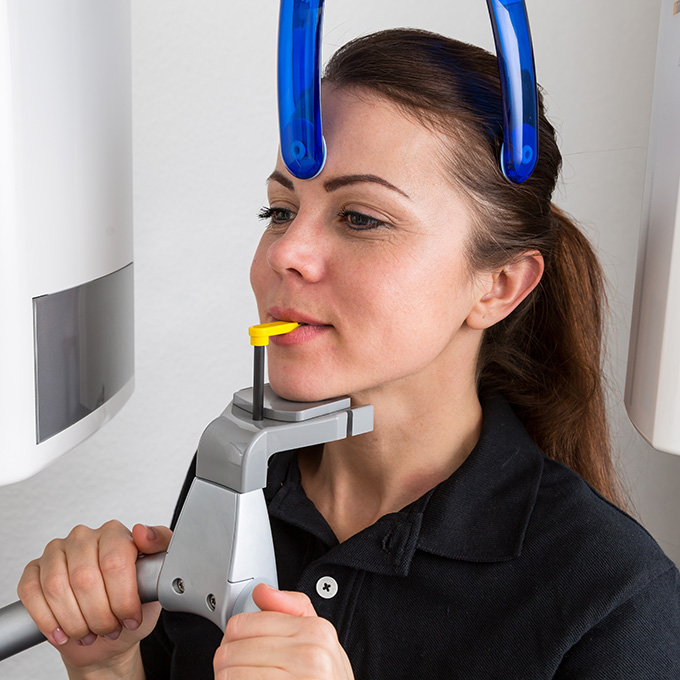
Digital Radiography
Digital radiography allows us to use digital sensors to capture images of your teeth and surrounding structures such as your roots, bone, joints and certain abnormalities that don’t present themselves clinically. They are time-efficient and allow us to visually share the information we find with the patient. The different types of x-rays we take include:

Bitewings
These images allow us to see between the teeth, exposing any decay as well being able to see the bone level around each tooth. They are used to capture the pre-molars and molars.

Periapicals (Pas)
These images allow us to see the full length of the tooth from the top of the crown to the tip of the root. It exposes all the structures around each tooth and allows us to see if there are any abscesses or abnormalities around the root.

Panoramic
This image provides a two or three-dimensional view of everything in your upper and lower jaw from ear to ear.

Cephalometric
This image allows the dentist to see the whole side of the face. The most common use for a ceph is during orthodontic care.
Intraoral Camera
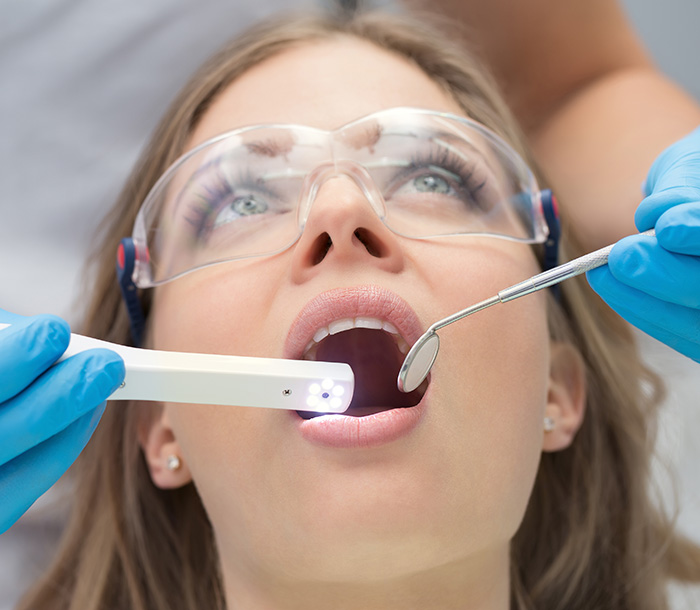
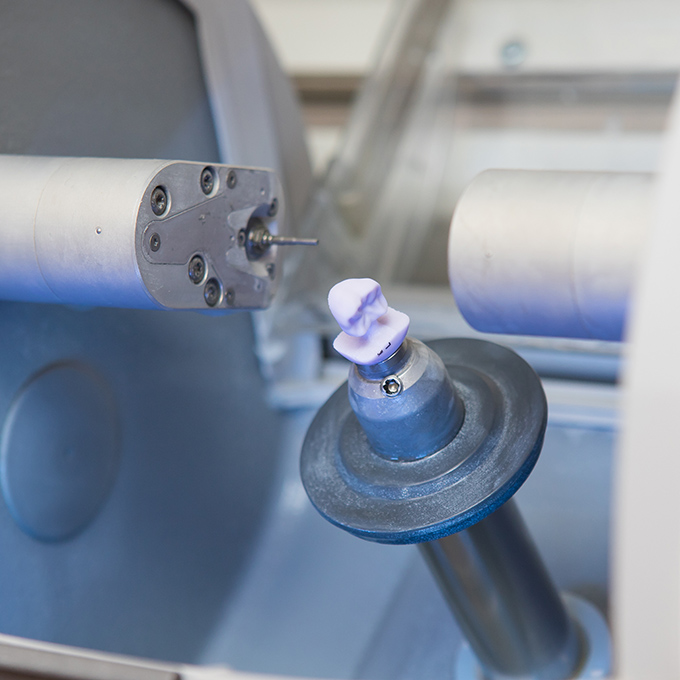
CEREC® CAD/CAM Technology
CEREC technology involves CAD/CAM (Computer-Aided Design/Computer-Aided Manufacturing) to create dental restorations. The process typically involves these steps:

Scanning
A 3D optical impression is taken of the patient’s tooth using an intraoral camera, which generates a digital model of the tooth.

Designing
The dentist uses specialized software to design the restoration based on the digital model captured earlier. They can customize the size, shape, and fit of the restoration to precisely match the patient’s tooth.

Milling
Once the design is finalized, the data is sent to a milling machine, which carves the restoration out of a ceramic block following the digital design specifications.

Placement
The newly milled restoration is placed and bonded to the patient’s tooth during the same visit.
CEREC technology has revolutionized dental procedures by enabling dentists to provide same-day restorations, eliminating the need for traditional impressions, temporary crowns, and multiple visits for placement.
iTero Scanner
The iTero Scanner is a state-of-the-art digital impression system that eliminates the need for messy putty in your mouth. With our iTero Element Scanner, we can digitally capture a detailed 3D model of your teeth and gums. Not only is this process far more comfortable than the old putty-based impressions, but it’s faster and can offer a superior clinical endpoint. These incredibly detailed scans can be shown to patients to help them visualize specific areas that may need treatment or give you a virtual progression of your shifting teeth during orthodontics.
Procedures that utilize the iTero scanner include but are not limited to:
- Invisalign
- Crowns and bridges
- Night guards and retainers
- Study models
- Dentures and partials
- Education
- Monitoring movement, shifting, and wear
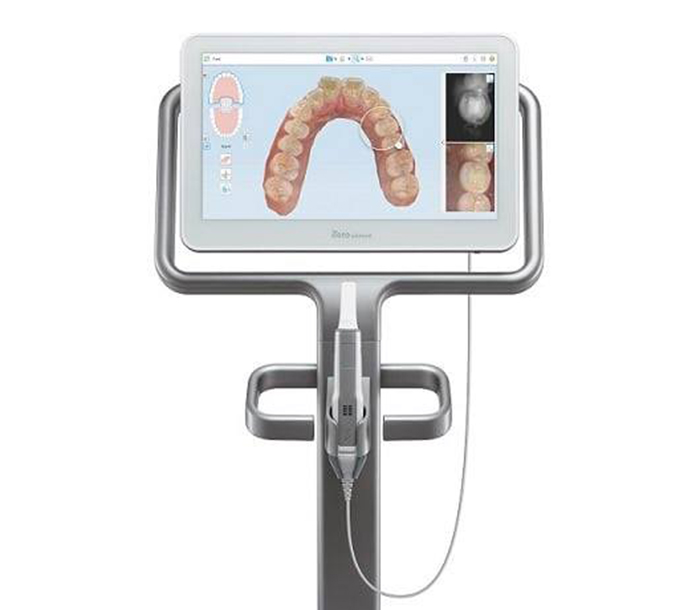
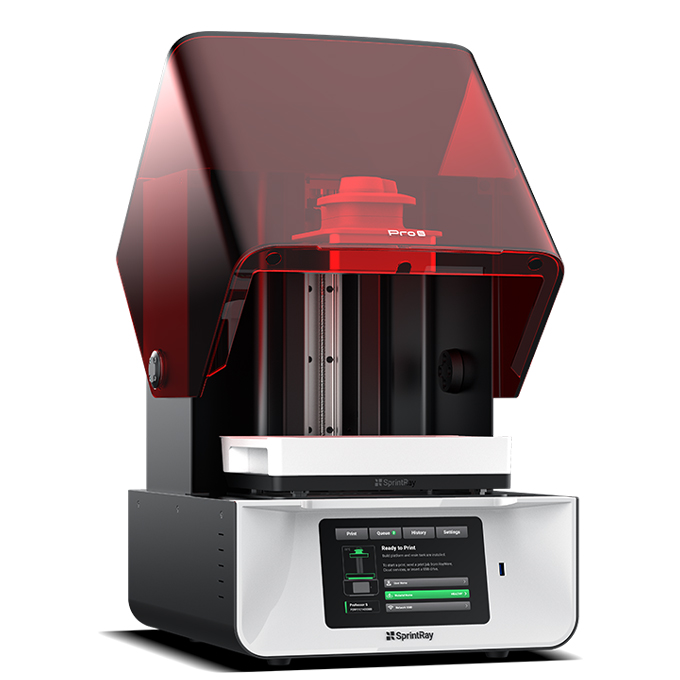
SprintRay 3D Printer
These printers are equipped with features tailored to the dental industry and allow us to produce detailed dental structures efficiently. It supports a range of dental-specific resins formulated for biocompatibility, strength, and aesthetics, allowing for the creation of accurate and durable dental prosthetics.
C02 Laser Dentistry
Welcome to the Future of Dentistry: Laser Dentistry in Sioux Falls!! East Ridge Dental stands at the forefront of dental innovation. Our exceptional team offers laser dentistry services, combining cutting-edge technology and expert care to deliver transformative results for our valued patients. This technique has revolutionized the field, enabling minimally invasive procedures that enhance both comfort and precision.
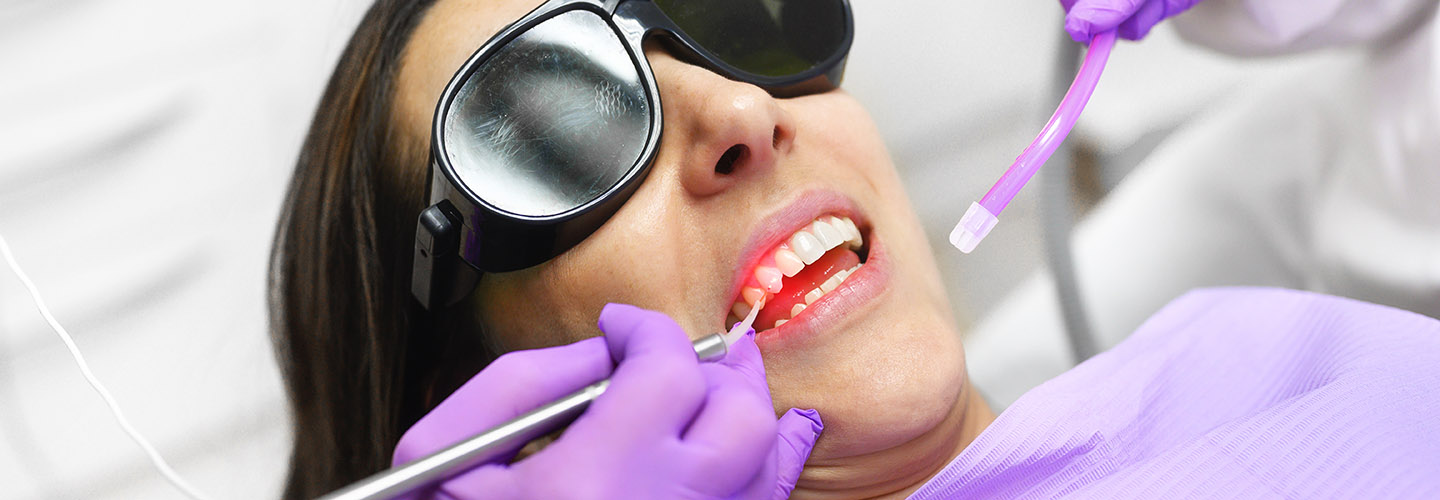
What is Laser Dentistry?
Laser dentistry is a branch of dentistry that uses lasers to treat various dental conditions. Laser dentistry employs precise, focused beams of light energy to perform a variety of dental procedures with minimal discomfort and faster healing.
Some of the most common treatments done with laser dentistry in our office include treatment of ulcers and sores, gum disease, frenectomies, gum overgrowth, and snoring.
Our Laser Dentistry Services

Cold Sores and Traumatic Ulcers
Our providers address cold sores and traumatic ulcers swiftly and efficiently. Lasers destroy the virus that causes cold sores and inhibit its progression. They also promote healing through photo-biostimulation and reduce pain and discomfort. Additionally, laser therapy can prevent future outbreaks by lessening the probability of cold sores recurring on the same areas of the lips.

Tongue Tie and Frenectomy Release
Our laser dentistry services extend to releasing tongue ties and performing frenectomies. By utilizing lasers, our skilled dentists ensure minimal discomfort, quicker healing, and improved oral functionality. This treatment is also used to help babies who struggle with breastfeeding because of a tongue or lip tie.

Periodontal Disease and Bacterial Reduction
Laser dentistry redefines the treatment of periodontal disease. Lasers can remove infected gum tissue and bacteria from the pockets, promoting gum health and eliminating the source of infection. The precise targeting of lasers minimizes damage to surrounding healthy tissue and reduces inflammation, leading to faster healing and improved gum health.

Gum Asymmetry & Overgrowth
Uneven or over-abundant gum tissue can impact the aesthetics of your smile and even make it harder to properly clean your teeth. Our East Ridge laser dentists sculpt gum tissue with precision, creating a harmonious and balanced smile and reducing your risk of tooth decay and gum disease.

Implant Surgery and Maintenance
Laser dentistry is a precise and effective approach to implant surgery and maintenance, providing numerous clinical advantages. Dental lasers allow for more precise control during implant placement, resulting in better outcomes and long-term implant health. Laser therapy can also reduce blood loss and post-operative discomfort, leading to faster healing and improved patient comfort.

QuietNite Laser Therapy
QuietNite, a revolutionary laser-based sleep apnea treatment, is offered by our East Ridge laser dentists. This non-invasive approach enhances sleep quality and overall well-being by gently removing excess tissue in the mouth and throat. The newly opened airways make breathing easier, by reducing the chances of collapse due to excess tissue blockage.
Frequently Asked Questions
Is laser dentistry safe?
Yes. Laser dentistry is safe and has been widely used in various dental treatments. Because lasers are minimally invasive, they’re usually safer than traditional tools. Laser dentists are skilled in ensuring optimal safety for every patient.
Is laser dentistry painful?
Laser dentistry is generally considered to be less painful compared to traditional dental methods. The use of lasers allows for more precise and targeted treatment, focusing only on the specific area that needs to be worked on.
This means there is less damage and pain caused to surrounding tissues. Additionally, laser dentistry is often less invasive than traditional procedures, resulting in reduced bleeding and a decreased need for anesthesia.
Is laser dentistry more expensive?
While laser dentistry may be more expensive than traditional dental methods, it is often considered to be more cost-effective in the long run due to its precision and effectiveness. The exact cost of laser dentistry can vary depending on several factors, including the type of procedure, the location of the dental office, and the expertise of the dentist.
Is laser dentistry covered by insurance?
Laser dentistry is sometimes covered by insurance, but it depends on the specific insurance plan. Some insurance plans may cover a portion of the cost of laser dentistry procedures, while others may not cover it at all. Additionally, coverage may vary depending on the type of procedure being performed. It is important to contact your dental office and insurance provider to inquire about coverage and potential out-of-pocket costs.
Featured Reviews
We’re proud of the relationships we’ve cultivated with our patients - and even prouder when they are willing to tell others about us!
